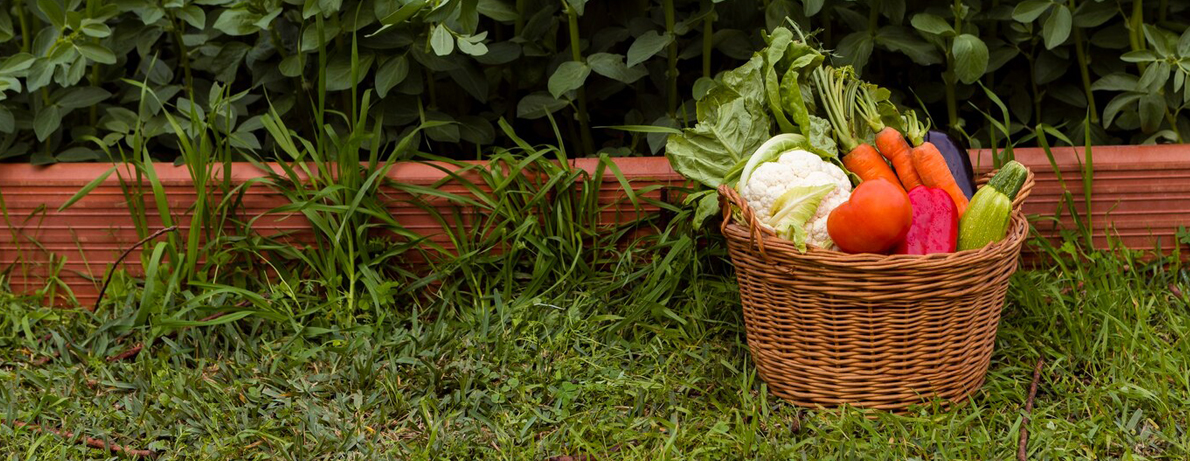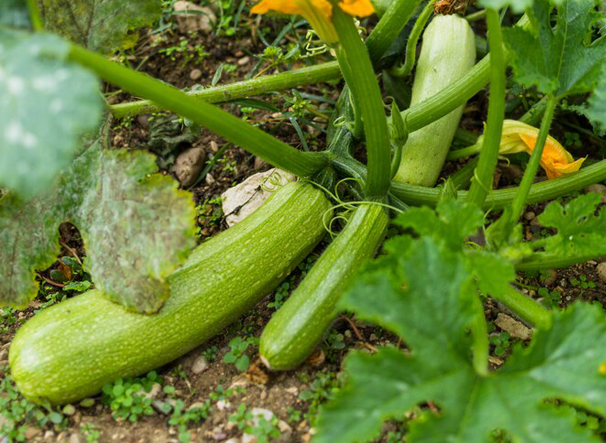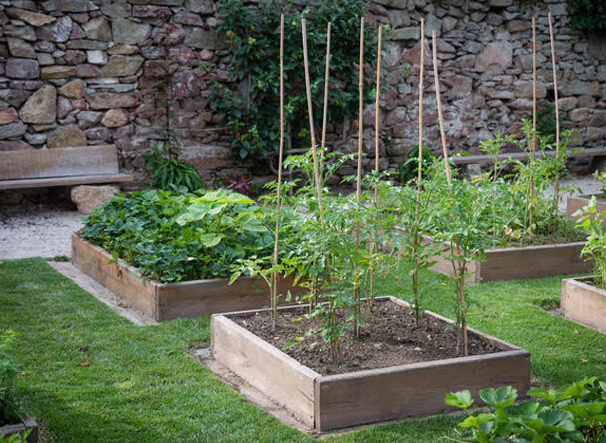Posted by Kelly Jean Reyland
5th Oct 2023
What is crop rotation and why should we do it?

Essentially different vegetables are grouped into families and each growing season you plant each 'family' of vegetables in a different position in the garden. So you split your garden up into zones and you plant a family of vegetables in a new zone each year, with a minimum of 4 years before you plant the same crop back in that zone.
We do this for a number of reasons. Different 'families' have different nutritional needs and different pests / diseases that affect them. Plants using the same nutrients each year can lead to deficiencies in the soil.

Planting the same plants in the same spot year after year increases the chance of disease and pest building up in that spot. Planting in different spots each year limits the spread of disease in particular.
The legume (peas and beans) family actually draws nitrogen from the air and stores it in nodules on their roots, replenishing the soil. If you leave the roots in the soil to rot down after harvest, the nitrogen is released for the next crop to use. If you remove the roots with the plant, the nitrogen will be lost.
What are the families?
Root crops: carrots, beetroot, parsnip, onions, garlic, leeks etc.
Brassicas and greens: cauliflower, broccoli, cabbage salad greens, lettuce, spinach, silver beet etc.
Fruiting vegetables: tomatoes, potatoes, cucumber, pumpkin, courgette, corn etc.
Legumes: peas & beans
How do I carry out crop rotation?
We recommend that you keep a record of what you plant each year so you can keep track of your rotation. Keep the zones well separated if possible. You will need the same number of zones or beds as the years in your rotation.
If space is an issue in your garden, you can always incorporate container growing into your plan so you can have more zones that you can rotate plants through. Container growing also has the benefit of starting with fresh potting mix if you have had a particularly bad year with pests or diseases.
Zone 1 - Legumes
Zone 2 - Brassicas/Greens
Zone 3 - Fruiting veges
Zone 4 - Root veges
The following year, Legumes are planted in Zone 4 and the other 3 families move up into the zone before them. The families move through each of the zones over the 4 years and in the 5th year, the legumes are back to zone 1.

Why are they rotated this way?
Year one/ Zone one - Legumes. They fix nitrogen into the soil and help improve the soil structure.
Year two/ Zone one - Brassicas/Greens. They need plenty of nitrogen and use up most of what the legumes leave behind.
Year three/ Zone one - Fruiting Veges. They need some nitrogen along with phosphate and potassium.
Year four/ Zone one - Root veges. They need more phosphate and potassium than nitrogen.
Year five/ Zone one - back to legumes to replenish the soil with nitrogen.
Crop rotation does take a little planning. It’s also working smarter not harder. Vegetables will grow more successfully if they are in soil that has the best nutrient levels for what they need. And the saying ‘an ounce of prevention is worth a pound of cure’ is very true. If we can avoid pests and diseases building up in the soil, we lessen the need for pest and disease control and the risk of failed crops. Sounds like a win-win!
Written for Gubba by Kelly Jean Reyland of Garden Advice NZ (www.gardenadvice.co.nz)


























